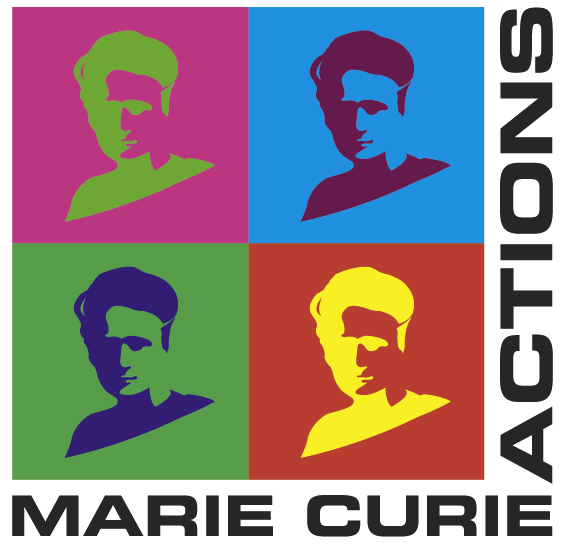MiRoR project highlight – Peer-review content and communication process in two major biomedical journals
MiRoR project highlight – Peer-review content and communication process in two major biomedical journals
24 January 2017 Comments Off on MiRoR project highlight – Peer-review content and communication process in two major biomedical journalsMy research considers peer-review content and the communication process in major biomedical journals such as the BMJ. I have always been interested in interpersonal communication and in the way information is disseminated – this is why I started my studies in the area of health through a BSc in ‘Health Communication’ and, subsequently, a MSc in ‘Public Health’. Later on, after working as a Research Fellow at the London School of Hygiene and Tropical Medicine where I published a number of peer reviewed articles as well as taking on the role of a co-editor for a journal supplement (having thus experienced both sides of the process), I knew that this was the field I wanted to continue researching.
So, what is the starting point of my research? Clinical decisions should be guided by the best evidence available. Therefore, any process that influences the accuracy, quality, assessment and dissemination of clinical evidence may in turn have a direct impact on patient care. Much of the evidence is published in scientific articles that are then read by health professionals. Manuscripts that are submitted for publication in biomedical journals typically undergo critical appraisal by experts – a process known as peer review – as part of a broader editorial process led by journal editors. The editorial process thus plays a vital, ‘gate-keeping’ role in the dissemination and eventual diffusion of evidence into new clinical practice. However, although peer review in general has widespread support by all parties involved – journals, authors and reviewers alike – as the primary tool for evaluating research outputs in biomedical research, at the same time there is a broad consensus across scientific disciplines that the peer review process may be flawed. Anecdotal evidence from authors receiving unhelpful, unconstructive and even incorrect advice on how to improve their manuscripts supports this consensus. There is nothing more frustrating for authors, who have invested a considerable amount of work and time into preparing their results for publication, than to receive inadequate feedback. Parts of my PhD project will tackle the question about role and tasks of peer reviewers in publication process.
In summary, there is evidence suggesting that communication within the peer review process is inherently complicated by, and embedded within, a complex power relationship between the key actors. In turn, this is likely to have a substantial impact on the actual outcome of research publications.
Through this PhD project I hope to provide an in-depth view of the various themes and structure of peer reviewing and its impact on the quality of published research, with the aim of generating recommendations for improvement.
Keti Glonti, MiRoR PhD Fellow at the University of Split




